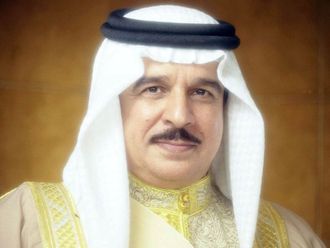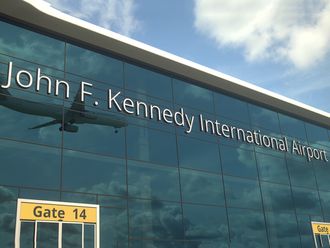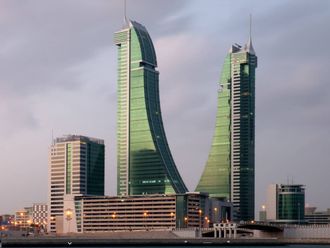Manama: Bahrain is mulling over a new strategy to address traffic congestion, Works and Housing Minister Fahmi Al Jowder has said.
But the minister warned, in a statement published in Bahrain yesterday, that there could be no magic solution to the congestion issue. He argued that the number of vehicles was steadily increasing by 10 per cent annually while road development and infrastructure was moving up by only three per cent.
"One of the studies that the ministry has prepared to help alleviate traffic problems in Bahrain, includes five measures," the minister was quoted as telling the Council of Representatives on Tuesday.
Smart planning decisions, such as opening ministry offices outside the capital, Manama, would be the most significant solution and would reduce traffic congestion by 30 per cent.
Al Jowder attributed the current problems to a state infrastructure that cannot keep up to speed with the increase in the number of vehicles in Bahrain.
"In the past, road development and car increases were at about five per cent. But now, the increase in ... vehicles has reached about 10 per cent, and there is no way infrastructure development can keep up with such a figure," he said.
MEASURES
Minister outlines possible solutions
The following measures were outlined by the Works and Housing Minister Fahmi Al Jowder: the first measure, the smart transportation system, calls for increasing the number of one-way roads and the adoption of flexible timings. This helps solve about 10 per cent of the traffic problems.
The second measure seeks to reduce the number of cars by increasing the price of fuel, customs, insurance and car parks as well as instructing authorities to be more rigid in driving licence and car ownership procedures. It helps reduce traffic congestion by about 15 per cent.
The implementation of the comprehensive development of the road network, including the construction of new roads, highways and flyovers would decrease traffic problems by 20 per cent. Developing public transport, especially for students and employees, and allowing more public transportation companies can contribute to solving traffic problems by about 25 per cent.












